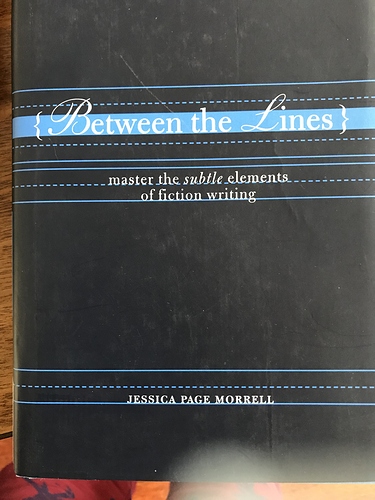Only meaningful change is going to advance the story, illuminate character, shape character, etc.
For example, the plot requires an elimination of a limited number of options or an expenditure of time using the best options – especially from the perspective of the OS.
Beats are the mechanism by which we do this. In life, we learn. If we never experienced that moment of clarity, painful realization or whatever – we’d never change our process.
It’s interesting when you look at Storybeats because they don’t always represent beats as we are discussing them. At times they do; but, sometimes, they use negative space to show the beat (i.e. negative space art). Negative space art is  drumroll
drumroll  subtext.
subtext.
I think you asked a really great question that requires a tailored and personal understanding. For me, this kind of question helps me advance my process.


